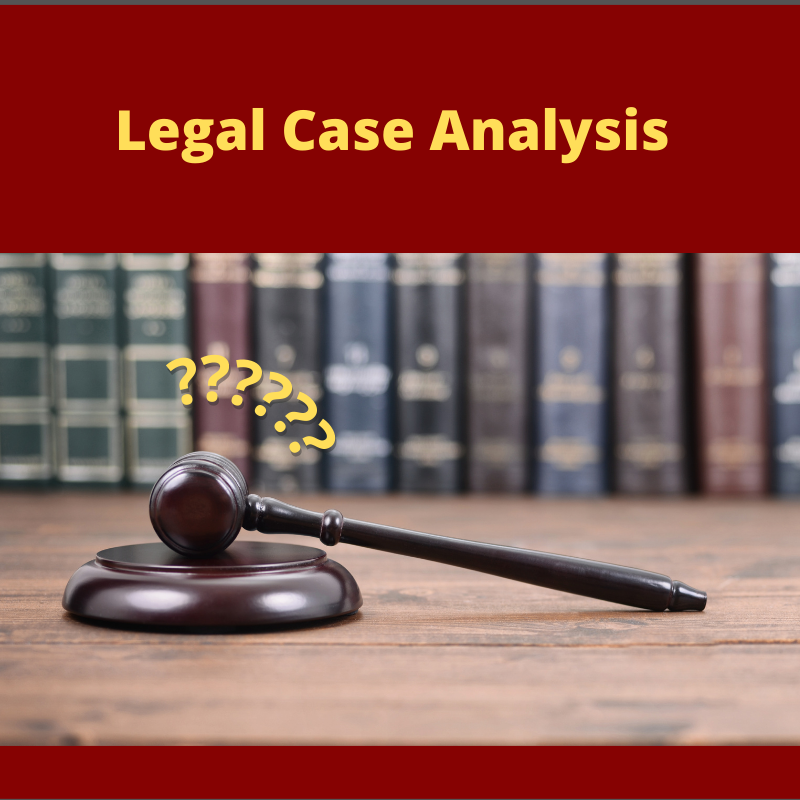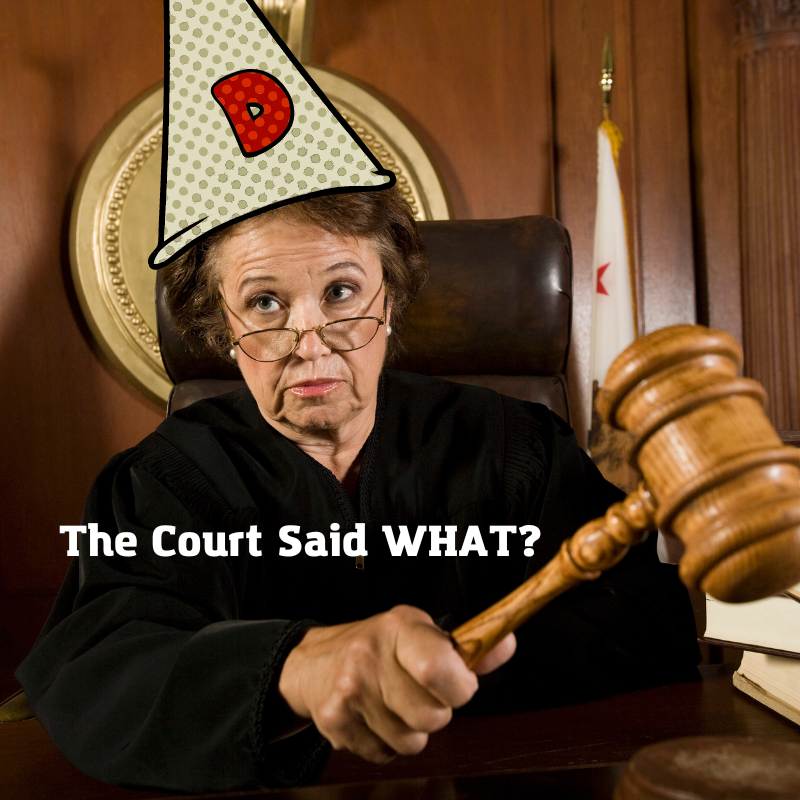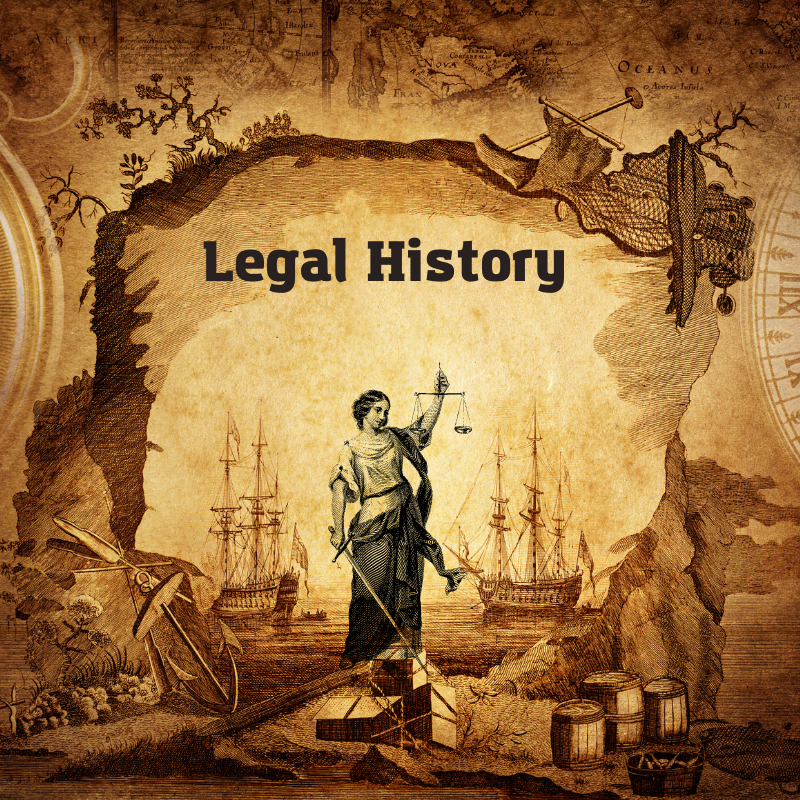I am not an expert in this. These are my own personal opinions.
The first thing I would say is that for a first-time shooter, guns are scary. I have a difficult time remembering the first time I shot a firearm. I’m thinking it was a 12gage shotgun with my uncle. It was loud and exciting. We didn’t use ear protection, we didn’t wear eye protection.
We went to the end of his driveway and I got to shoot his gun. This was part of him making his house safe for me to visit. I was maybe first or second grade? The point of it was that he had a beautiful gun cabinet with lots, from the point of view of a very young child, guns in them. It was glass – fronted and beautiful.
Later I was exposed to more shotgun shooting, culminating with a wonderful rabbit hunt.
That was then. My housemate the summer after high school took the time to show me where he had his defense weapon stored. It was a derringer. It was so exciting to handle it when I was alone. I knew to keep my finger off the trigger and I never pointed it at me, but it wasn’t a “safe” situation.
When I finally got the money to buy my own firearms, I had a little more experience. My mentor had given me some lessons. Nothing spectacular. Nothing good.
I was self-taught. Not a good way to learn firearms.
Today, I teach firearm safety to anybody who wants to learn. Not the formal NRA training, but my own person version of firearms training.
Here is how I go about it:
First is the safety talk. This is where we go over the four rules until they have it. I do not go any further if they aren’t comfortable with the rules.
The next step is to let them handle different firearms. At this stage, they learn that they really, really should treat every firearm as loaded. They learn how to handle those firearms safely. They learn how to verify, for themselves, that the firearm is unloaded. They learn to keep the firearm pointed in a safe directly. They learn a bit about how it feels.
During this time, there is never more than one firearm out at a time.
We go through the different types of ammunition. This is partially to disprove the “AR-15 assault weapons fire the most deadly killing bullets!!!!”
At that point, I show them the .22LR we will be using for our first shots. The idea here is that I want them to see this as small and less scary.
We now move to the range. At the range, we will have four different firearms.
- .22LR semi-automatic pistol
- .22LR Bolt Action rifle
- 9 mm semi-automatic pistol
- .45cal semi-automatic pistol
There are many choices for .22LR semi-automatics. I choose to use a semi-automatic because that is what the rest of my primary pistols are. Yes, I have a few SAA style and one .357 Magnum revolver, but those are not my primary. Those are just for fun.
The next question is with regard to the manual of arms. When you look at .22LR pistols, you’ll find many different styles. For me, I needed a .22LR that had the same manual of arms as my other primary pistols.
What does this mean?
What this means is that everything that you have to do right with my primary firearms you need to do right with the training firearm.
For me, my primary firearm is a 1911. Because my primary is a 1911, my other firearms that I regularly use have 1911 style controls. I prefer a push button for a magazine release, just like the 1911. I want it to have a manual safety, just like my 1911. Likewise, I want it to have a slide release in nearly the same place as the 1911. And I want it to have good sights.
My choice was the M&P 22 Compact. Everything I needed for the manual of arms applies. In addition, it is just fun to shoot.
There are a number of .22LR rifles out there. Pick one that is of a comfortable size for you and the people you are training. I thought about getting a youth sized rifle, but by the time I was ready to do it, my kids didn’t need a youth sized rifle.
Start Slow
When starting, most of the time they want to start with a pistol. Starting with a pistol is a little easier in some ways.
Here is the big starting point, only put one round in the magazine the first time.
This person is going to pull the trigger. There will be a loud bang. You do not know what they are going to do next. Sometimes they will turn towards you, sweeping with the pistol, sometimes they will want to drop the pistol. Regardless of what happens, you want it to be as safe as possible.
I always stand where I can put a hand on their hand if they start to swing towards me, but that is not always the best choice.
Start with one round.
Once they have done one round a few times, then you can move to two rounds in the magazine. The idea, again, is to be safe.
During initial training, I normally do not put more than 5 rounds in the magazine. For you, it might not feel like anything to put 18 rounds of spicy 9 mm down range. For a new person, holding that pistol out for 15+ rounds can be tiring.
At this point, I will demonstrate the 9 mm and the .45. I only send one round down range. The idea is to let them hear that sound up close.
If it works for them, I will let them put a round down range from each of them.
From there we move to the rifle. This gives them a chance to better understand the loading process. We normally shoot offhanded because most of the time people don’t like to get prone. Depending on the range, we might be able to let them sit at a bench to shoot the rifle.
This is how I do it. Lots of talk beforehand. Lots of familiarization beforehand. It is about making them comfortable and to not do stupids or allowing them to do stupids.




